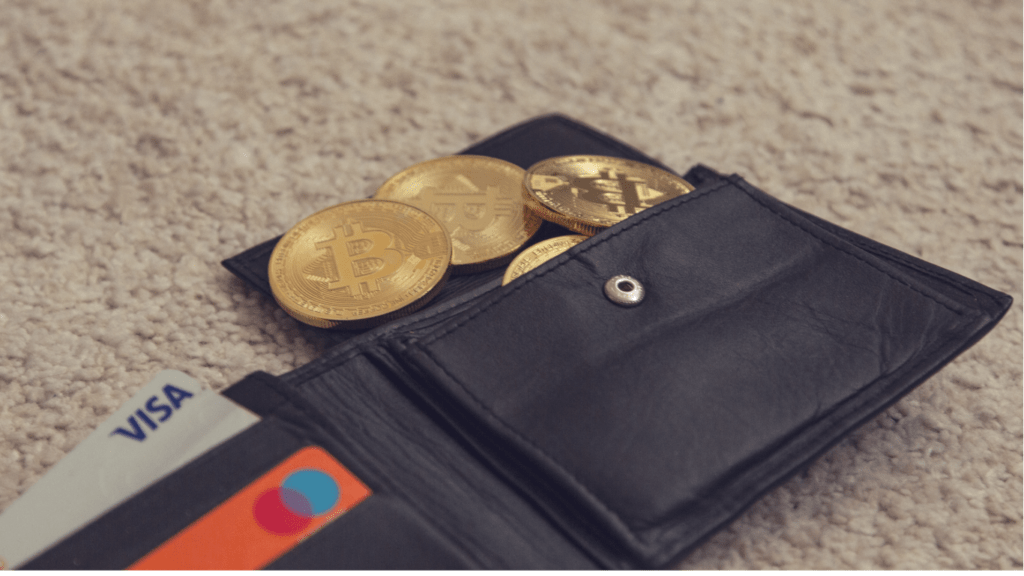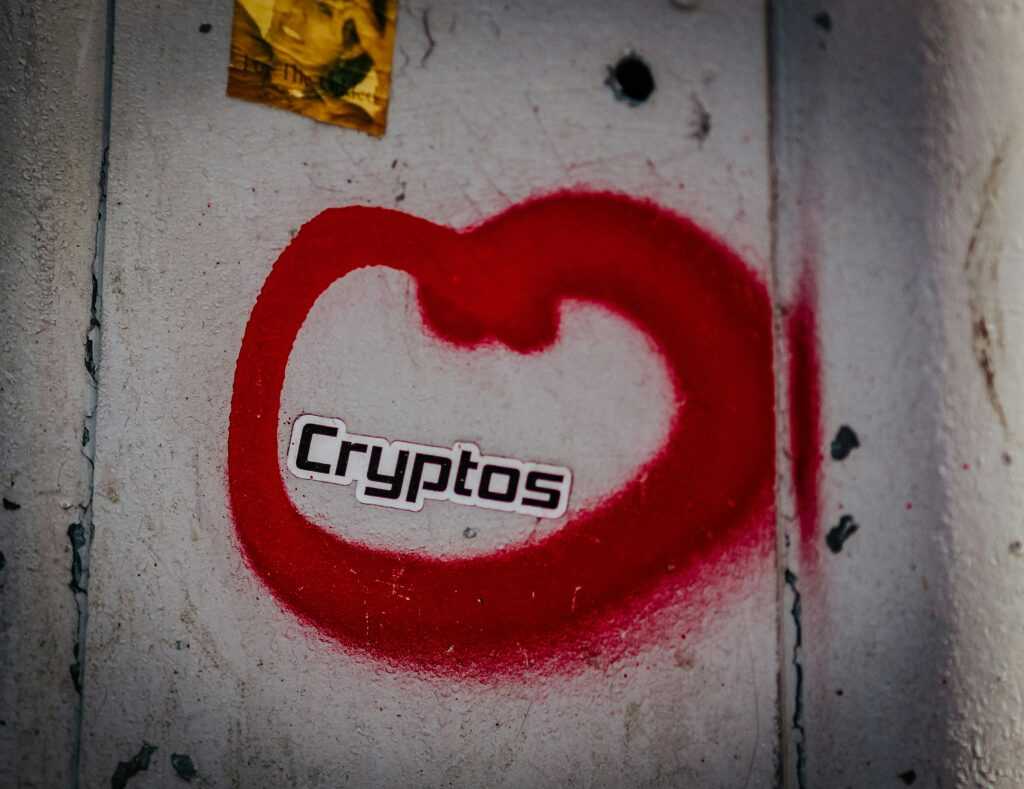Importance of Storing Cryptocurrency Safely
Storing cryptocurrency securely is paramount. Unlike traditional currencies, digital assets don’t have intermediaries like banks, which can recover funds if lost or stolen.
In 2021 alone, over $14 billion worth of cryptocurrencies were stolen through hacks and scams. These figures highlight the necessity for robust storage solutions.
Examples of secure storage options include hardware wallets and cold storage. Hardware wallets, like Ledger Nano X and Trezor Model T, keep private keys offline, reducing exposure to online threats.
Cold storage involves keeping assets in completely offline environments, such as paper wallets or dedicated offline devices, preventing unauthorized access.
If assets are stored on exchanges, the risk increases. Exchanges have been primary targets for hackers due to their large asset pools. Incidents like the Mt. Gox hack in 2014, where 850,000 BTC were stolen, demonstrate the vulnerabilities associated with keeping funds online.
Security best practices go beyond choosing the right storage method. They also include enabling two-factor authentication (2FA) and using strong, unique passwords.
Regularly updating software and being vigilant about phishing attacks are essential. Even the most secure storage method can fail if personal authentication details are compromised.
The importance of storing cryptocurrency safely cannot be overstated. Robust security measures protect digital wealth, ensuring that the investments remain secure from increasingly sophisticated threats.
Different Methods to Store Cryptocurrency

To ensure the safety of cryptocurrency investments, various storage methods offer unique benefits and levels of security. Here are some of the most effective ways to store cryptocurrency:
Hardware Wallets
Hardware wallets provide offline storage, enhancing security against online threats. Devices like Ledger Nano X and Trezor Model T store private keys on hardware, reducing the risk of hacks. Since these wallets remain disconnected from the internet until a transaction is made, they create a virtually impenetrable barrier against malware and cyber attacks.
Software Wallets
Software wallets, also known as hot wallets, offer convenience for regular transactions. They run on devices like computers and smartphones, allowing quick access to funds.
Examples include Exodus and Electrum. While easier to use, software wallets are more vulnerable to malware and phishing attacks since they stay connected to the internet.
Paper Wallets
Paper wallets involve printing private keys on paper, providing a physical form of cold storage. By generating keys offline and storing them securely, paper wallets eliminate online attack vectors. However, they come with risks like physical loss or damage to the paper itself.
Mobile Wallets
Mobile wallets are apps installed on smartphones, facilitating on-the-go transactions. Apps like Mycelium and Trust Wallet offer user-friendly interfaces and QR code functionality for easy payments. Despite their convenience, mobile wallets face threats like malware and device theft, making it crucial to use secure devices and backup private keys.
Online Wallets
Online wallets function through web-based platforms, making them accessible from any internet-connected device. Services such as:
- Coinbase
- Binance
streamline transactions and provide custodial storage. However, storing cryptocurrency online exposes users to potential hacks and phishing scams, necessitating the implementation of robust security measures like two-factor authentication.
By understanding these various storage methods’ features and risks, cryptocurrency holders can make informed decisions to protect their assets.
Choosing the Right Wallet for You
Selecting the right wallet involves evaluating security features, usability, and cost to ensure your cryptocurrency remains safe.
Security Features
- Security features are paramount in a cryptocurrency wallet.
- Hardware wallets, like Ledger Nano X and Trezor Model T, offer robust protection by keeping private keys offline.
- Look for wallets that support two-factor authentication (2FA) to add an extra layer of security.
- Multi-signature wallets require multiple approvals before transactions, reducing the risk of unauthorized access.
- Always opt for wallets with strong encryption to protect your private keys from hacks.
Usability
Usability impacts your day-to-day interaction with the wallet. Software wallets provide a user-friendly interface suitable for beginners. Mobile wallets, designed for on-the-go transactions, offer convenience but may have fewer security features than hardware wallets.
Evaluate how intuitive the wallet’s user interface is, and check if it supports multiple cryptocurrencies if you hold diverse assets. You should also consider whether the wallet has a good reputation for reliability and customer support.
Cost
Cost varies depending on the type of wallet you choose. Hardware wallets typically incur a higher initial cost, ranging from $50 to $200, due to their enhanced security. Software wallets are often free, but some applications may charge fees for certain transactions or premium features.
Mobile wallets may also have transaction fees while providing a more convenient user experience. Balancing cost with the level of security and convenience you need ensures the best choice for your cryptocurrency storage needs.
Best Practices for Wallet Security
Ensuring the security of your cryptocurrency wallet is crucial to protect your digital assets. Follow these best practices to enhance the safety of your wallet.
Using Strong Passwords
Use strong, unique passwords for each cryptocurrency wallet. Integrate uppercase letters, lowercase letters, numbers, and special characters in your passwords to increase complexity.
For example, a good password might look like Ghx7!k9aPc37$. Avoid using easily guessable information such as birthdays or common words.
Enabling Two-Factor Authentication
Enable two-factor authentication (2FA) for an additional layer of security. This method requires an extra step of verification, typically through a mobile app like Google Authenticator or an SMS code. Even if someone obtains your password, they can’t access your wallet without the second factor.
Keeping Your Private Keys Secure
Ensure your private keys remain confidential and aren’t stored online. Write them down on paper and store them in a secure place or use a hardware wallet. Private keys grant full control over your cryptocurrency, so exposure can lead to theft.
Regularly Updating Your Wallet Software
Regularly update your wallet software to protect against the latest security vulnerabilities. Software updates often include patches that address security flaws. Check for updates frequently and apply them as soon as they’re available.
Common Mistakes to Avoid
Protecting cryptocurrency assets involves identifying and avoiding common errors that can lead to significant losses.
Storing Private Keys Online
Private keys are crucial for accessing and managing cryptocurrency. Storing them online increases vulnerability to hacks and cyber-attacks.
I recommend keeping private keys offline using hardware wallets or paper wallets for maximum security. Though online storage may seem convenient, it exposes funds to unnecessary risks from malware and phishing attempts.
Using Untrusted Wallet Providers
Selecting trustworthy wallet providers is critical for ensuring the security of digital assets. Untrusted providers may lack adequate security measures or have malicious intentions.
I suggest researching wallet providers thoroughly and choosing those with a proven track record and strong community reputation. Using well-known, reputable services minimizes the risk of loss due to poor security practices or scams.

 Alice Morillo is a prominent figure at The Digi Chain Exchange, known for her passion and expertise in the field of cryptocurrency and digital finance. With a keen interest in the evolving landscape of blockchain technology, Alice has dedicated herself to providing insightful content that helps both new and seasoned investors navigate the complexities of the crypto world. Her contributions to The Digi Chain Exchange reflect her deep understanding of market trends, trading strategies, and the regulatory environment surrounding digital assets.
Alice Morillo is a prominent figure at The Digi Chain Exchange, known for her passion and expertise in the field of cryptocurrency and digital finance. With a keen interest in the evolving landscape of blockchain technology, Alice has dedicated herself to providing insightful content that helps both new and seasoned investors navigate the complexities of the crypto world. Her contributions to The Digi Chain Exchange reflect her deep understanding of market trends, trading strategies, and the regulatory environment surrounding digital assets.

